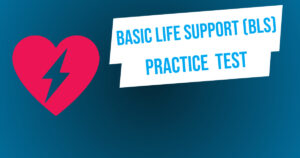
Basic Life Support (BLS)
Our free CPR practice test offers essential preparation for mastering life-saving techniques. With realistic scenarios and detailed explanations, it's perfect for healthcare professionals and enthusiasts alike aiming to sharpen their skills. Get ready to confidently respond to emergencies and make a difference in critical situations.